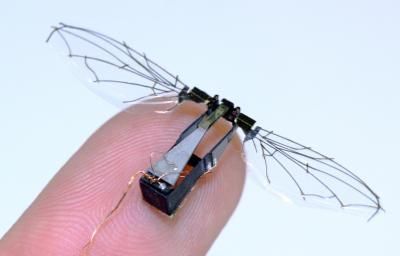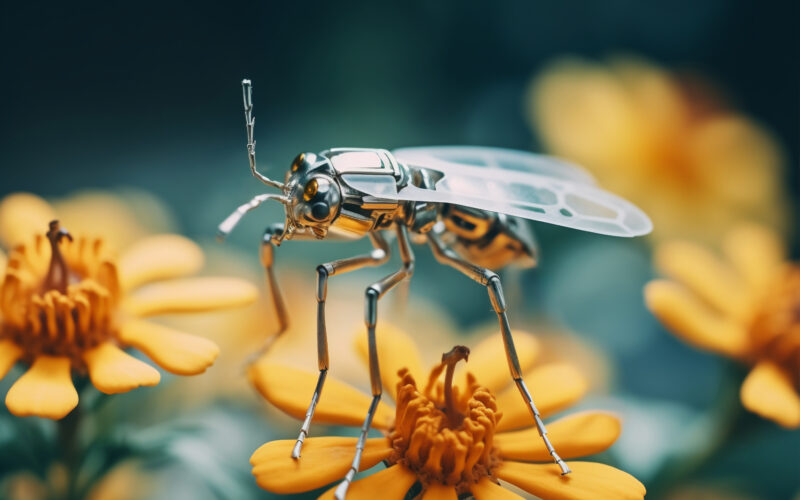Discover the truth about insect spy drones! Learn what they are, how they work, and their role in modern surveillance. Explore the fascinating world of high-tech micro-drones designed to mimic insects.
Imagine a world where the buzzing insect near your window isn’t a bug at all—it’s a state-of-the-art surveillance drone. Welcome to the era of insect spy drones, a groundbreaking yet controversial innovation. These miniature devices are designed to blend seamlessly with nature, offering possibilities for environmental monitoring, covert operations, and more. But as their applications grow, so do the ethical and privacy concerns.
What Are Insect Spy Drones?

Insect spy drones are micro-robotic devices engineered to mimic the appearance, movements, and behavior of real insects. Designed for stealth and efficiency, these drones are equipped with advanced technologies, including:
- Micro-cameras for surveillance.
- Sensors to detect environmental changes.
- AI algorithms to navigate complex environments.
These drones can hover, crawl, and even fly, making them ideal for operations where traditional drones would be too noticeable.
How Do Insect Spy Drones Work?
The creation of insect spy drones relies on cutting-edge technology:
- Biomimicry: Inspired by the anatomy and flight mechanics of insects, researchers replicate their form and movements using lightweight materials.
- Microelectronics: Miniaturized components, including cameras and GPS modules, are integrated to enable functionality within a compact frame.
- Artificial Intelligence: AI allows these drones to autonomously navigate and adapt to their surroundings.
- Power Sources: Tiny batteries or energy-harvesting techniques (like solar panels) keep these devices operational for extended periods.
Real-World Applications of Insect Spy Drones
Insect spy drones are not just sci-fi concepts—they are already finding applications in various fields:
1. Military and Intelligence
Governments use these drones for covert surveillance, reconnaissance missions, and intelligence gathering in high-risk areas. Their ability to blend with the environment makes them nearly undetectable.
2. Environmental Monitoring
Researchers deploy these drones to study ecosystems without disturbing wildlife. They can monitor air quality, track animal migrations, and assess environmental changes.
3. Search and Rescue
In disaster-stricken areas, insect drones can access tight spaces to locate survivors or assess damage. Their small size and maneuverability make them invaluable in emergencies.
4. Commercial Uses
While still in development, potential civilian applications include security monitoring, agricultural pest control, and even delivery of micro-payloads.
Ethical Concerns and Privacy Implications
As with any surveillance technology, insect spy drones raise several ethical questions:
1. Invasion of Privacy
The ability to spy undetected poses significant risks to personal and organizational privacy. Who ensures these tools aren’t misused?
2. Environmental Impact
While touted as eco-friendly, these drones could disrupt ecosystems, especially if mistaken for real insects by predators.
3. Military Misuse
The covert nature of these drones could escalate conflicts or be used for unethical surveillance on civilians.
The Future of Insect Spy Drones
The future of insect spy drones is both exciting and uncertain. Advances in materials science, AI, and robotics will make these devices more efficient and versatile. However, global regulations and ethical guidelines will need to evolve to keep pace with their deployment.
Predictions include:
- Wider adoption for humanitarian efforts.
- Integration with IoT for smarter data collection.
- Stricter international policies to prevent misuse.
FAQ
-
Are insect spy drones already in use?
Yes, prototypes are being tested, and some have been deployed for military and research purposes.
-
How can you tell the difference between a real insect and a drone?
It’s nearly impossible to distinguish unless up close. Drones may have subtle mechanical sounds or unusual flight patterns.
-
Can insect spy drones harm wildlife?
Indirectly, yes. If mistaken for prey, they could harm predators or disrupt natural behaviors.
-
How much do insect spy drones cost?
Currently, costs vary based on technology and purpose, ranging from thousands to millions of dollars for advanced prototypes.
-
What are governments doing to regulate this technology?
Efforts are underway to establish policies, but the rapid pace of development often outstrips regulatory frameworks.
Conclusion: Innovation or Intrusion?
Insect spy drones represent the pinnacle of technological mimicry—blurring the line between nature and innovation. While their potential benefits are undeniable, the ethical and privacy implications cannot be ignored. As these devices become more prevalent, society must weigh the promise of progress against the risks of misuse.
What do you think? Are insect spy drones the future of surveillance or a threat to privacy and ethics? Share your thoughts below!
Trending searches
FPV drone vs normal, What are FPV drones used for, FPV Drone Kit, FPV drone military, Best FPV drone

